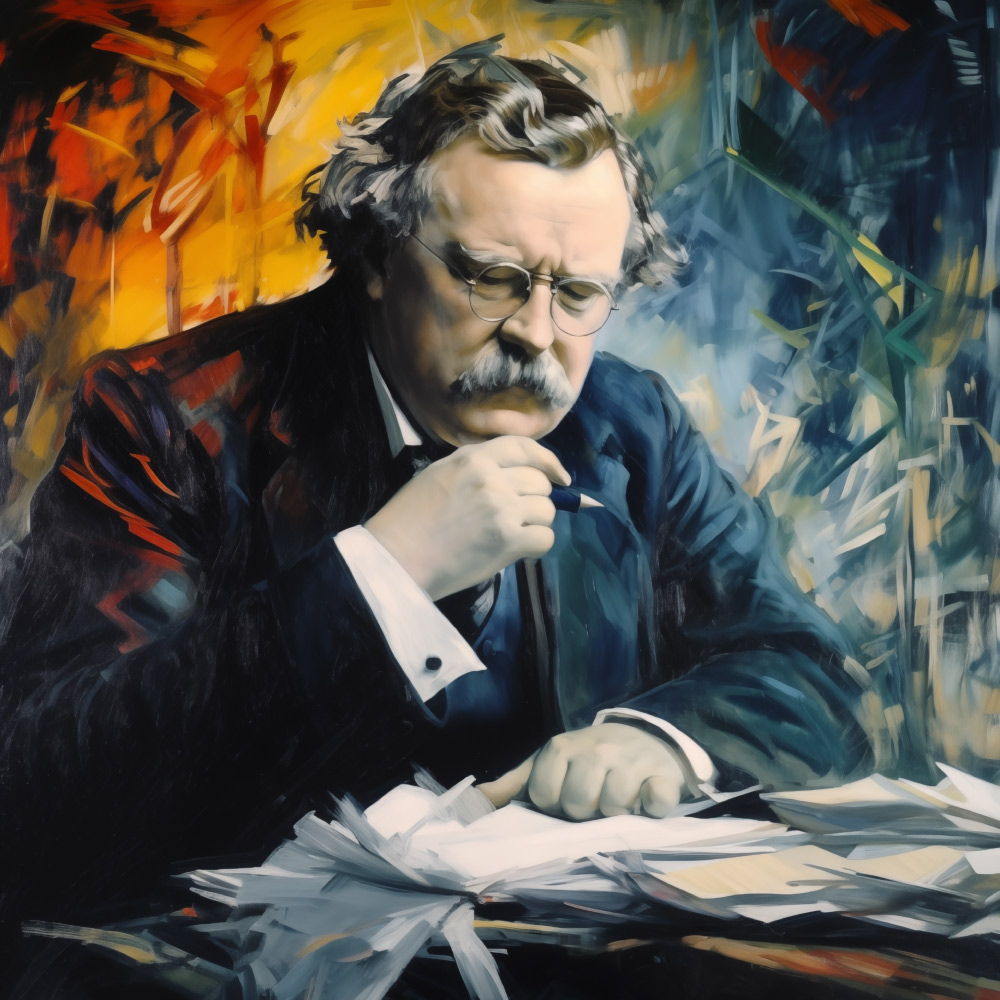
Written by Justin Heap /
September 20, 2016
How To Open Every Service With The Best Impression
Regardless if you choose to open with a video, a creative piece, a song, or you jump straight to a Welcome –at some point, someone, somewhere will be talking to your community. Maybe your auditorium seats a few thousand or a few dozen; perhaps you are set up in the round, in chairs, or pews; and, regardless if your church represents any number of the various labels that could be applied to it –we share this in common: our services all begin; they all represent a first impression.
We all understand the power of “first impressions.” It’s no surprise that as soon as we see another person, an impression is formed. The latest science even suggests we form ideas about trust, when interacting with another person, in as little as 1/10 of a second. So, in literally a split second we are on a trajectory –no matter how small– toward or away from someone else. What does this mean for how we open any one of our weekend services as a church?
For a select few people, the beginning of the service is their first impression of any church service. Add a few more people, and it’s their first impression of your church on any given weekend. For a growing number of people, it can actually be their first impression of your church in a long time. And, of course, for most people, we could think of it as their first impression of that specific gathering, for that weekend, right?
We probably don’t think about it in those terms very often. But, many in the Worship Arts circles take great care to pray through every element of the weekend experience and Pastors, teachers, and communicators treat each sermon as a unique story. Why would we be surprised that even our longstanding folks are forming, to a degree, a number of first impressions every single weekend?
How can we start every single service with a Welcome that is meaningful and valuable to anyone in attendance?
-
Starting With Culture
They say “vision leaks,” –similarly, I say, “culture bursts.” Try as you might, culture can’t be hidden. In fact, today’s common woman or man understands that culture is not a Mission Statement, a cool poster, or what we “want” it to be. It’s not our tagline, our last mission trip, or the best pastor. The culture is, simply and profoundly, the way we do things. Culture bursts.
For example, we can want a culture of grace, but if we’re not acting generously –then we are not cultivating such a culture. Likewise, we can tell people we’re a caring community, but if we’re not actively found caring for others, well you can see where this goes.
For this reason, let us be mindful to lead with those attributes we value, live, and are most passionate about. This includes things like language, information, and pre-service music, but it’s much more than that. It’s our facial expressions, the way we handle mistakes, and how “scripted” or “casual” or “forced” our Welcome is. My goal is not to tell you what type of culture to exemplify: that defeats the purpose. Culture bursts! Instead, I want to encourage you to think about your opening piece in terms of first impressions, noting that the way you do it will reveal the culture your church is already creating.
-
Make Eye Contact
This may seem incredibly obvious, but it’s not as easy as looking out: I am suggesting that you or your hosts make a point to actually connect with several people in the community. It’s less looking at folks, and instead a sign that you are with them. You are present. And more, God is present, and he longs to see us and connect with us.
Engaging individuals in the congregation, even for just a brief moment, will do two things. Of course, it will allow a few people to know that you know that they’re there. That’s recognition. But, it also does something much more subtle and wonderful: it let’s everyone else know that this is a place where they can belong, when they’re ready to belong.
-
Set The Pace
Too many Gatherings begin awkwardly slow for either a contemplative element or an energetic, celebratory atmosphere. Consider quickening your talking points at the very beginning precisely because the point is to welcome everyone. We don’t want to model a rushed, chaotic posture, but we could all probably better reflect the joy of God as welcome people into a service designed to praise him.
Setting pace is not about being the biggest, shiniest church on the block: no, it’s about retaining the creative energy that makes liturgy resonate or an anthem come into it’s own; there should be a spirit of movement within communion, just the same as there is a spirit of movement within an, “Amen!” because it’s the uncontained Spirit of God who is the totality of our services, already.
Additionally, a slightly quicker tempo during an Opener has the ability to immediately push momentum into our audience since they will be a bit more alert from the start. It’s an easy way to invite attention, instead of demanding it.
-
Pair People Together
This must be practiced with caution, haha! The wrong people on stage together can be a communicative disaster. But, two people who pull off an Opener can be dynamic and synergistic. More than that, it allows you to model friendship and conversation to the church. Remember, culture bursts.
Seeing two people talking and laughing through a Welcome is a simple and effective way to relieve anxiety in a relatively short amount of time. More than just creating momentum, seeing people together allows you to speak into your community with examples of relationship actually happening. It affords you more opportunities to
-
Curate The Information
So, you’re on stage with a friend, bursting with culture, making eye contact, setting a great pace –and you have a list of items to announce with another list of items scribbled on top of that! It’s information overload, but somebody has to say it, right? Quite simply, not necessarily. Be free to curate.
Curate comes from the Latin, curatus, meaning to care for, or heal. Museum Curators “take care of” the Galleries by ensuring only the most appropriate and best art is included. Likewise, Hosts can curate what information is the most compelling and helpful during the start of the Gathering.
Now, I have found that sticking with no more than three total announcements works best; and information pieces, specifically, receive only 15-30-seconds of life. Oh, and telling people where they can drop off a Visitor’s Card (or similar) does count as an information piece. It doesn’t mean it’s not worthy of being included, but we want to become curators of great content and language.







